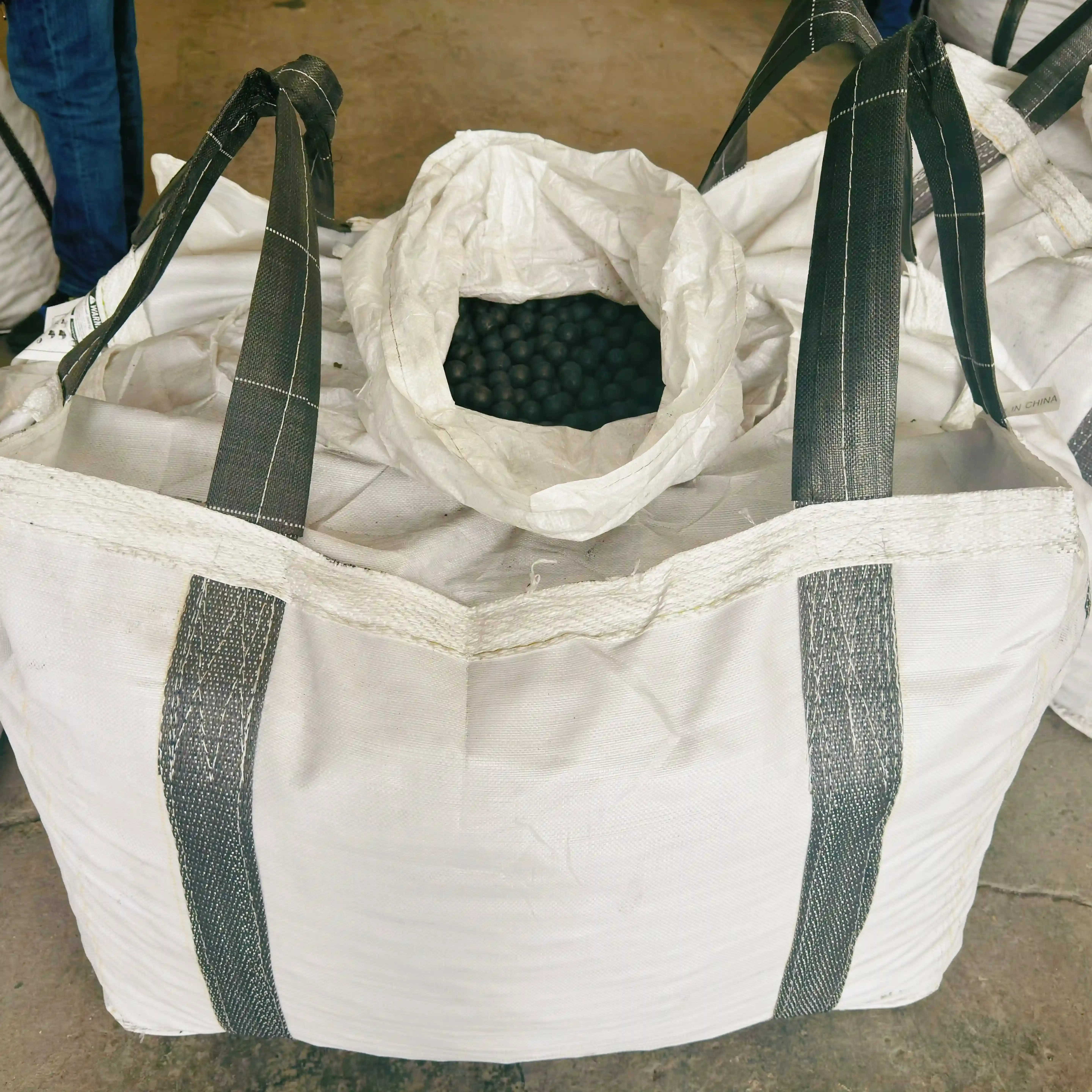The Importance of Customized Grinding Balls in Industrial Applications
Enhancing Grinding Efficiency Through Customization
Grinding Balls for Ball Mill play a pivotal role in optimizing the performance of ball mills across various industries. By tailoring the characteristics of these grinding media, manufacturers can significantly improve the efficiency of their milling operations. The ability to customize grinding balls allows for precise control over factors such as hardness, density, and impact resistance, which directly influence the grinding process. For instance, in the cement industry, where fine particle size distribution is crucial, customized grinding balls can be designed to achieve the desired fineness while minimizing energy consumption. Similarly, in the mining sector, where different ores require specific grinding parameters, customized balls can be engineered to maximize mineral liberation and recovery rates.
Cost-Effectiveness and Longevity of Tailored Grinding Media
The economic benefits of using customized grinding balls extend beyond mere performance improvements. By selecting the optimal material composition and heat treatment processes, manufacturers can create grinding media with enhanced wear resistance and longer service life. This translates to reduced replacement frequency and lower overall operational costs. Moreover, customized grinding balls can be designed to maintain their effectiveness throughout their lifespan, ensuring consistent grinding quality over extended periods. The ability to tailor grinding balls to specific applications also allows for the optimization of ball charge composition, potentially reducing the total weight of grinding media required and further contributing to cost savings.
How can grinding balls be tailored for specific milling applications?
Material Selection and Composition Adjustments
One of the primary methods of Grinding Balls for Ball Mill involves carefully selecting and adjusting the material composition. Manufacturers can choose from a range of materials, including high-carbon steel, low-alloy steel, and various grades of chromium alloys, depending on the specific requirements of the milling application. The chromium content, for instance, can be adjusted to enhance hardness and corrosion resistance, making the balls suitable for aggressive grinding environments. Additionally, the carbon content can be fine-tuned to strike the right balance between hardness and toughness, ensuring optimal performance and longevity.
Size and Shape Optimization
The size and shape of grinding balls play a crucial role in determining their effectiveness in various milling applications. Customization in these aspects involves selecting the optimal ball diameter based on the specific mill size and grinding task. Larger grinding balls are typically used in coarse grinding to break down larger particles more efficiently, while smaller balls are favored for fine grinding, providing better control over particle size and ensuring a smoother final product. In addition to size, the shape of the balls can be modified to suit particular needs, with some manufacturers offering slightly flattened or elongated designs to improve grinding efficiency in specific applications. These custom-shaped balls help enhance the contact area between the media and the material, leading to better energy transfer and improved grinding kinetics. By carefully selecting the right size and shape distribution, mill operators can optimize the overall grinding performance, reducing wear rates and increasing energy efficiency within the milling process.
Advantages of Using Customized Grinding Balls in Ball Mills
Improved Grinding Performance and Product Quality
Customized grinding balls provide substantial benefits in terms of grinding performance and the quality of the final product. By tailoring the balls to the specific material being processed and the desired output, manufacturers can achieve more precise control over particle size distribution and enhanced uniformity. This level of customization is especially valuable in industries where product consistency is critical, such as in the production of high-grade cement, specialty minerals, and other finely engineered products. Additionally, the ability to fine-tune grinding media allows for better management of factors like surface area generation, particle shape, and the overall efficiency of the milling process. This becomes particularly important in the production of advanced ceramics, specialized chemical compounds, or high-performance materials, where precise control over particle characteristics can directly influence product quality and performance. Grinding Balls for Ball Mill ultimately contribute to improved production processes and higher-quality end products.
Energy Efficiency and Environmental Benefits
The use of customized grinding balls can lead to substantial improvements in energy efficiency, which not only reduces operational costs but also contributes to environmental sustainability. By optimizing the grinding media for specific applications, manufacturers can reduce the power consumption of their ball mills while maintaining or even improving grinding output. This enhanced efficiency translates to lower energy requirements per unit of product, resulting in a reduced carbon footprint for the milling operation. Furthermore, the extended lifespan of customized grinding balls means less frequent replacements, reducing the overall material consumption and associated environmental impact of manufacturing and transporting new grinding media.
In conclusion, the customization of grinding balls for ball mill offers a myriad of benefits across various industrial applications. From improved grinding efficiency and product quality to enhanced cost-effectiveness and environmental sustainability, tailored grinding media play a crucial role in optimizing milling operations. As industries continue to seek ways to improve their processes and reduce operational costs, the demand for customized grinding solutions is likely to grow. For those interested in exploring customized grinding balls for their specific applications, NINGHU offers a wide range of high-quality options. To learn more about our customizable grinding media solutions, please contact us at sales@da-yang.com or sunny@da-yang.com.









